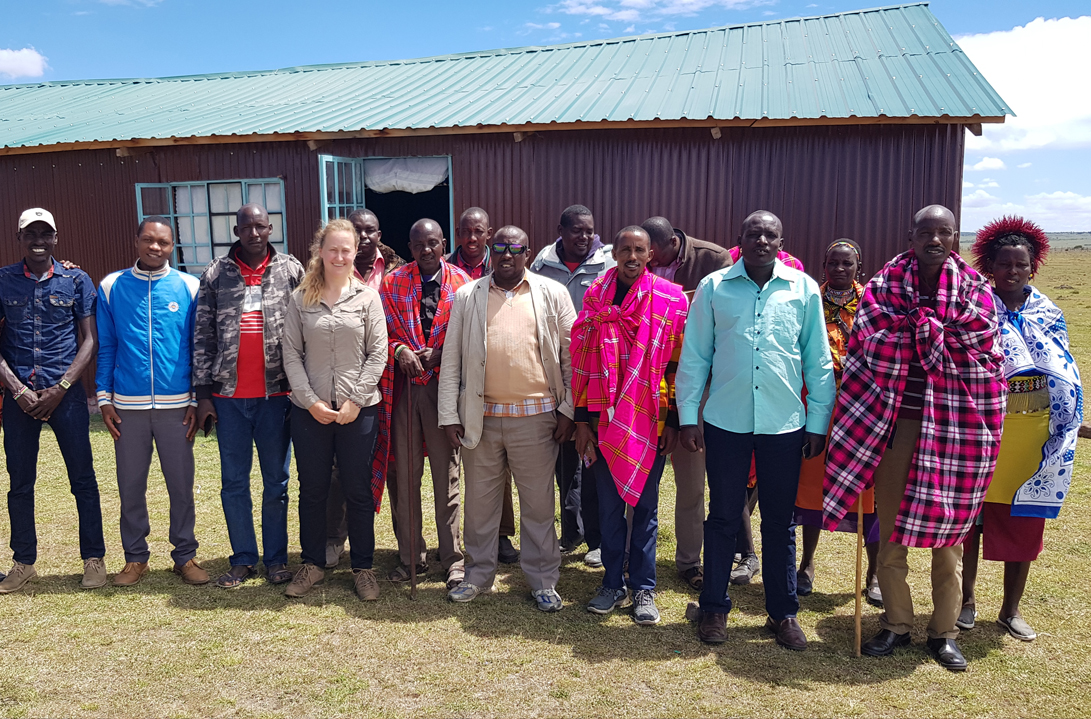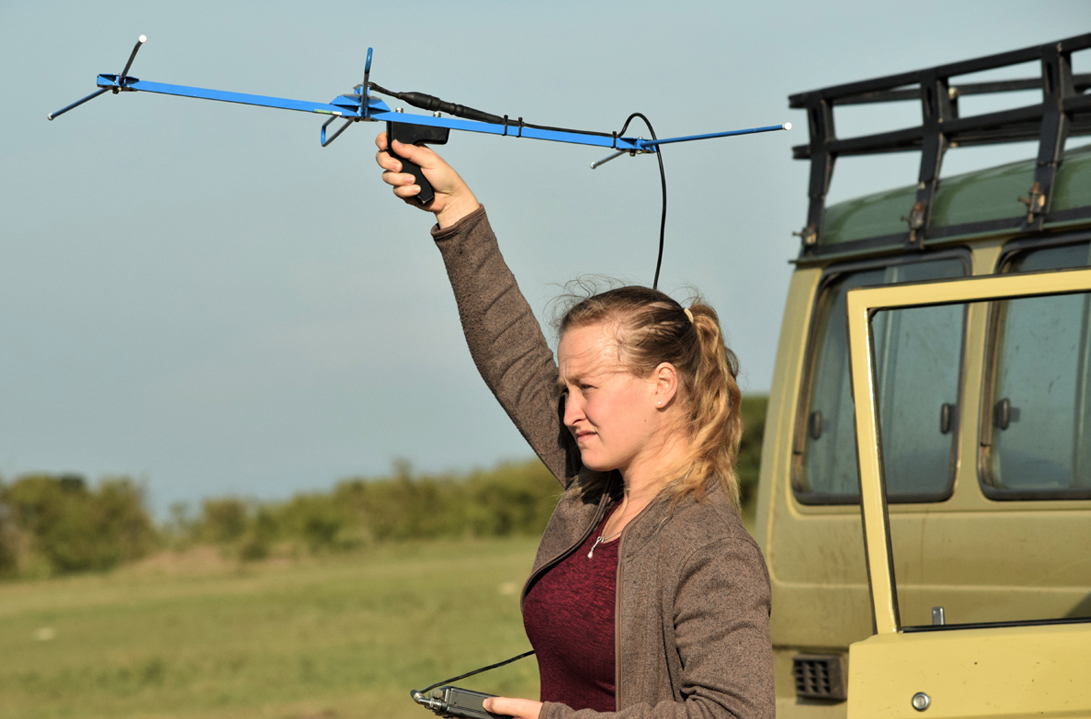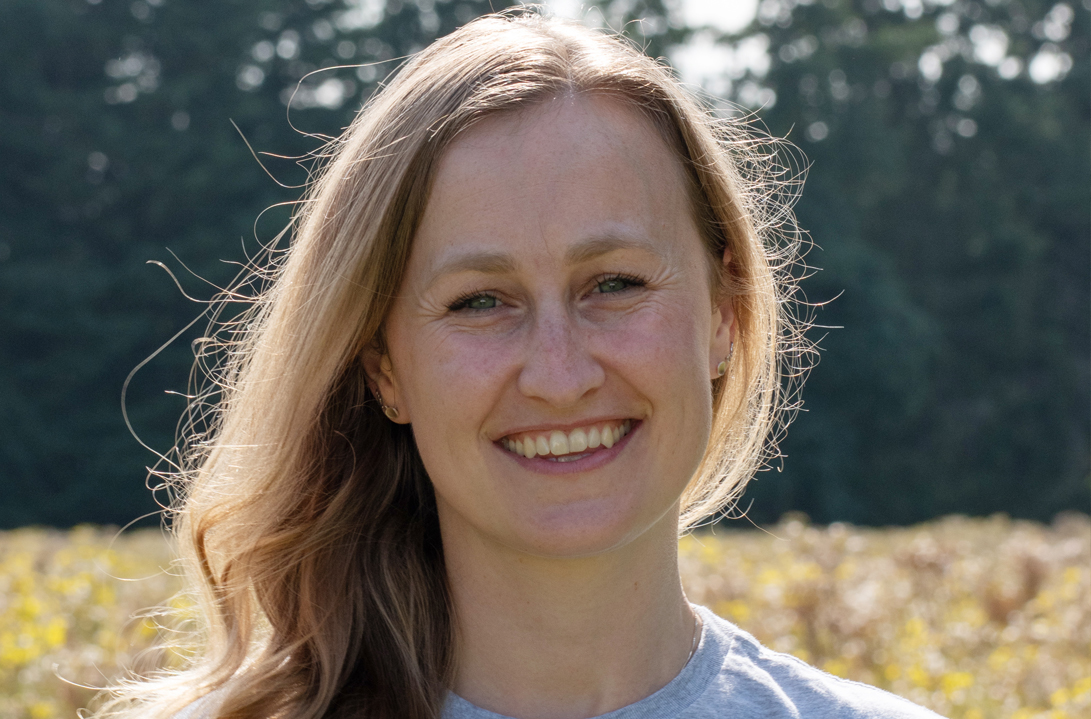PROFILE
In 2018 I started working in Kenya’s Maasai Mara with the Mara Cheetah Project (MCP) whilst completing my dissertation for my MSc in Wild Animal Biology at the Royal Veterinary College in collaboration with the Zoological Society of London. My dissertation looked at how we can use local ecological knowledge to study the distribution of large carnivores outside of protected areas.
After graduating I returned to the Maasai Mara as a Research Assistant first on the MCP and then subsequently on the Biome Health Project (BHP), run by University College London, for a further three years conducting a large camera trap survey.
Whilst the focus of the BHP was on broader biodiversity metrics using camera traps my main interests remained carnivores and I began to develop ideas for my DPhil. I joined WildCRU in autumn 2022 to study carnivores across East Africa focusing on small-medium sized species and combining different types of data to inform conservation management of the species across the region.
I am particularly interested in how intraguild interactions regulate their populations, how these interactions are being affected by changes in anthropogenic pressures, and what this might mean for the conservation of these species and human-wildlife conflict.


